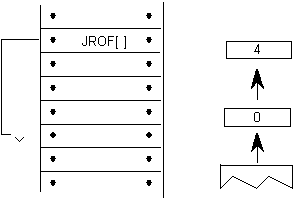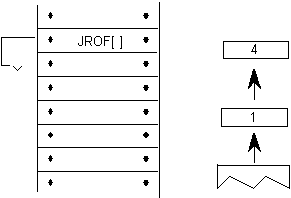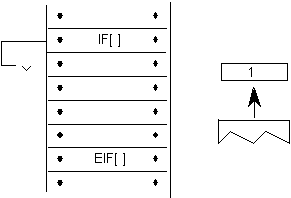
Code Range | 0x58 |
Pops | e: stack element (ULONG) |
Pushes | – |

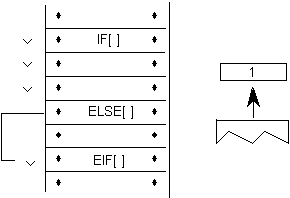
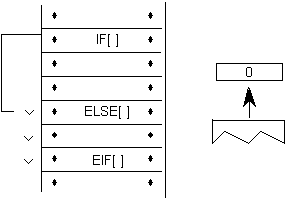
Code Range | 0x1B |
Pops | – |
Pushes | – |
Code Range | 0x59 |
Pops | – |
Pushes | – |
Code Range | 0x78 |
Pops | b: Boolean (ULONG) |
offset: number of bytes to move instruction pointer (LONG) | |
Pushes | – |

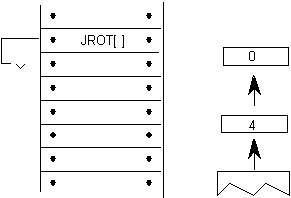 case 2:
Boolean is TRUE.
case 2:
Boolean is TRUE.
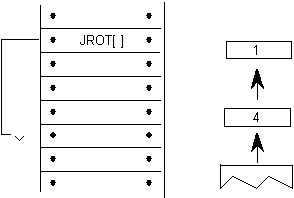
Code Range | 0x1C |
Pops | offset: number of bytes to move instruction pointer (LONG) |
Pushes | – |

Code Range | 0x79 |
Pops | e: stack element (ULONG) |
offset: number of bytes to move instruction pointer (LONG) | |
Pushes | – |

